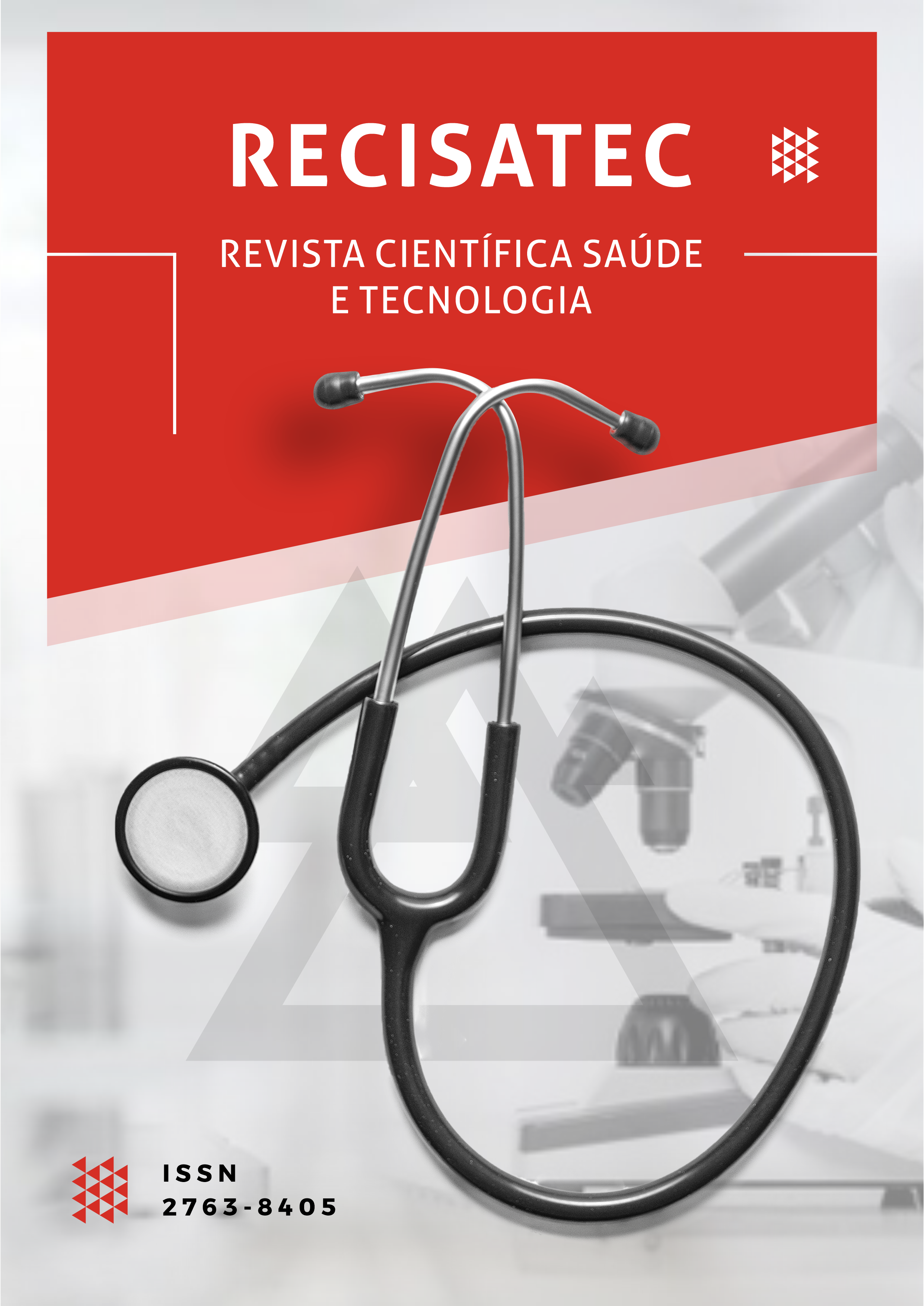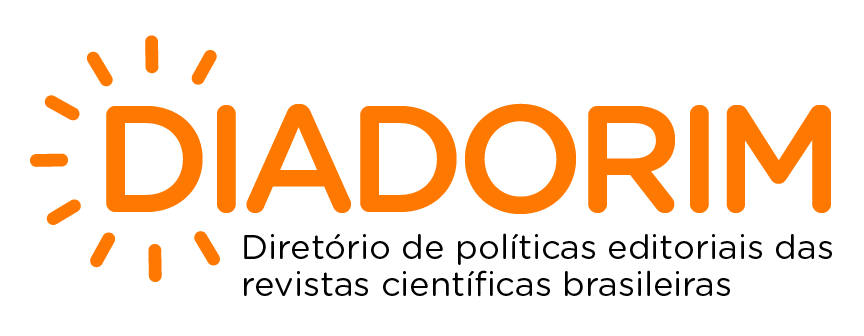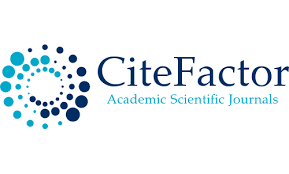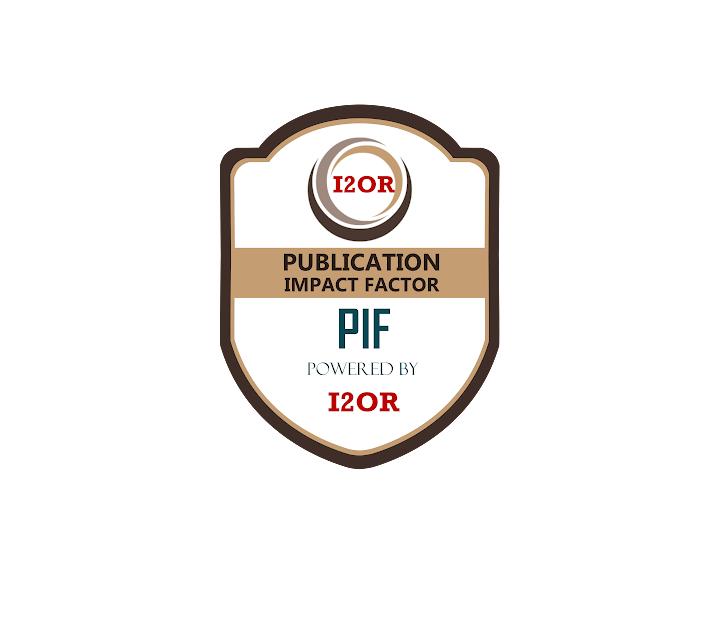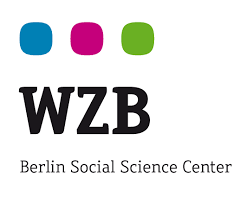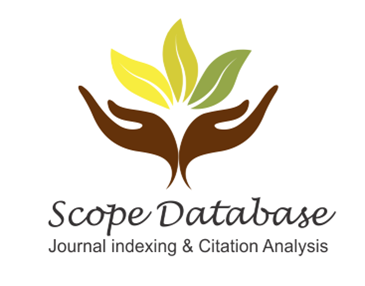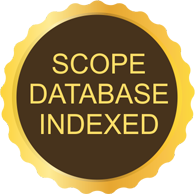COMORBIDITIES AND COINFECTION AS RISK FACTORS ASSOCIATED WITH AGGRAVATION INFECTION BY COVID-19 IN PATIENTS ATTENDED AT THE METANGULA HEALTH CENTER, IN NORTHERN MOZAMBIQUE
DOI:
https://doi.org/10.53612/recisatec.v1i2.26Keywords:
Comorbidities, Coinfection, Risk factors, COVID-19, SARS-CoV-2Abstract
Objective: This study aims to evaluate preexisting risk factors associated with aggravation of COVID-19 infection in patients treated at the Metangula Health Center. Method: Cross-sectional and retrospective study based on secondary data extracted from the epidemiological bulletin of the Health Center of Metangula over a period of 01 (one) year. Demographic data, clinical condition and laboratory results from COVID-19 were obtained. Data were analyzed and presented in the form of graphs and tables with absolute and relative numbers. Results: The data revealed that incidences of COVID-19 infection occurred in all age groups, with a predominance in the age group of 30-39 years and a predominance of cases of COVID-19 in men compared to women. Comorbidities such as diabetes mellitus, chronic respiratory diseases and patients infected with human immunodeficiency virus (HIV) were high risk factors for the worsening of COVID-19 infection among patients treated at the Metangula Health Center. Conclusion: This study can facilitate health care providers in identifying patients with risk factors and, consequently, a decrease in the number of cases and deaths from this disease. The findings will be useful for decision makers in the implementation of management protocols for patients with complications generated by certain comorbidities and coinfection when associated with coronavirus infection.
Downloads
References
RENU, Kaviyarasi et al. “Coronaviruses pathogenesis, comorbidities and multi-organ damage - A review.” Life sciences. vol. 255, p.117839 (2020), doi: https://doi.org/10.1016/j.lfs.2020.117839 DOI: https://doi.org/10.1016/j.lfs.2020.117839
SAMUEL, Wilson. et al. Papel Da Biossegurança Em Laboratórios De Análises Clínicas No Cenário Da Pandemia Do Novo Coronavírus (SARS-CoV-2). Revista Científica Multidisciplinar Núcleo do Conhecimento. Ano 06, Ed. 06, Vol. 04, pp.108-123. Junho de 2021. Doi: 10.32749/nucleodoconhecimento.com.br/saude/cenario-da-pandemia DOI: https://doi.org/10.32749/nucleodoconhecimento.com.br/saude/cenario-da-pandemia
ORGANIZAÇÃO MUNDIAL DA SAÚDE (OMS). Caso da COVID-19 confirmado em Moçambique. 2020. Disponível em:< https://www.afro.who.int/pt/news/organizacao-mundial-da-saude-caso-da-covid-19-confirmado-em-mocambique Acesso em: 20 agosto de 2021
SINGH, Awadhesh Kumar et al. “Diabetes in COVID-19: Prevalence, pathophysiology, prognosis and practical considerations.” Diabetes & metabolic syndrome vol.14, n.4, p.303-310. (2020), doi: https://doi.org/10.1016/j.dsx.2020.04.004 DOI: https://doi.org/10.1016/j.dsx.2020.04.004
YANG, Jing et al. “Prevalence of comorbidities and its effects in patients infected with SARS-CoV-2: a systematic review and meta-analysis.” International journal of infectious diseases: IJID: official publication of the International Society for Infectious Diseases vol. 94, p. 91-95. (2020), doi: https://doi.org/10.1016/j.ijid.2020.03.017 DOI: https://doi.org/10.1016/j.ijid.2020.03.017
LI, Wenhui et al. “Angiotensin-converting enzyme 2 is a functional receptor for the SARS coronavirus.” Nature vol. 426, n.6965, p.450-4. (2003), doi: https://doi.org/10.1038/nature02145 DOI: https://doi.org/10.1038/nature02145
LI, Yan-Chao et al. “The neuroinvasive potential of SARS-CoV2 may play a role in the respiratory failure of COVID-19 patients.” Journal of medical virology vol. 92, 6, p. 552-555. (2020), doi: https://doi.org/10.1002/jmv.25728 DOI: https://doi.org/10.1002/jmv.25728
ROTHAN, Hussin A, and Siddappa N Byrareddy. “The epidemiology and pathogenesis of coronavirus disease (COVID-19) outbreak.” Journal of autoimmunity vol. 109, p.102433. (2020), doi: https://doi.org/10.1016/j.jaut.2020.102433 DOI: https://doi.org/10.1016/j.jaut.2020.102433
ORTOLAN, Augusta et al. “Does gender influence clinical expression and disease outcomes in COVID-19? A systematic review and meta-analysis.” International journal of infectious diseases: IJID: official publication of the International Society for Infectious Diseases vol. 99, p. 496-504. (2020), doi: https://doi.org/10.1016/j.ijid.2020.07.076 DOI: https://doi.org/10.1016/j.ijid.2020.07.076
YEHIA, Baligh R et al. “Association of Race With Mortality Among Patients Hospitalized With Coronavirus Disease 2019 (COVID-19) at 92 US Hospitals.” JAMA network open vol. 3, n.8, p.e2018039. 3 Aug. 2020, doi: https://doi.org/10.1001/jamanetworkopen.2020.18039 DOI: https://doi.org/10.1001/jamanetworkopen.2020.18039
XIE, John et al. “Metabolic Syndrome and COVID-19 Mortality Among Adult Black Patients in New Orleans.” Diabetes care, vol. 44,1, p.188–193. 25 Aug. 2020, doi:10.2337/dc20-1714 DOI: https://doi.org/10.2337/dc20-1714
CONTI P, Younes A. Coronavirus cov-19/sars-cov-2 affects women less than men: clinical response to viral infection. J Biol Regul Homeost Agents. P. 34:339. 2020: doi: https://doi.org/10.23812/Editorial-Conti-3
AUERBACH JM, Khera M. Testosterone’s Role in COVID-19. J Sex Med. Vol. 18 n.5, P.843–848, 2021: doi: https://doi.org/10.1016/j.jsxm.2021.03.004 DOI: https://doi.org/10.1016/j.jsxm.2021.03.004
SILVA, Anderson Walter Costa. Et al. Perfil epidemiológico e determinante social do COVID-19 em Macapá, Amapá, Amazônia, Brasil. Revista Científica Multidisciplinar Núcleo do Conhecimento. Ano 05, Ed. 04, Vol. 04, pp.05-27. Abril de 2020. DOI: https://doi.org/10.32749/nucleodoconhecimento.com.br/saude/covid-19-em-macapa DOI: https://doi.org/10.32749/nucleodoconhecimento.com.br/saude/covid-19-em-macapa
SHEN, Yinzhong et al. “Epidemiology and clinical course of COVID-19 in Shanghai, China.” Emerging microbes & infections. vol. 9, n.1, p.1537-1545. (2020): doi: https://doi.org/10.1080/22221751.2020.1787103 DOI: https://doi.org/10.1080/22221751.2020.1787103
IACOBELLIS, Gianluca. “COVID-19 and diabetes: Can DPP4 inhibition play a role?.” Diabetes research and clinical practice vol. 162, p. 108125, (2020), doi: https://doi.org/10.1016/j.diabres.2020.108125 DOI: https://doi.org/10.1016/j.diabres.2020.108125
Ma, R C W, and R I G Holt. “COVID-19 and diabetes.” Diabetic medicine: a journal of the British Diabetic Association vol. 37(5) p. 723-725. (2020), doi: https://doi.org/10.1111/dme.14300 DOI: https://doi.org/10.1111/dme.14300
BORNSTEIN, Stefan R et al. “Practical recommendations for the management of diabetes in patients with COVID-19.” The lancet. Diabetes & endocrinology vol. 8, n.6 p. 546-550. (2020), doi: https://doi.org/10.1016/S2213-8587(20)30152-2 DOI: https://doi.org/10.1016/S2213-8587(20)30152-2
WANG, Bolin et al. “Does comorbidity increase the risk of patients with COVID-19: evidence from meta-analysis.” Aging vol. 12, n.7, p. 6049-6057, (2020), doi: https://doi.org/10.18632/aging.103000 DOI: https://doi.org/10.18632/aging.103000
MARTÍN GIMÉNEZ, Virna Margarita et al. “Lungs as target of COVID-19 infection: Protective common molecular mechanisms of vitamin D and melatonin as a new potential synergistic treatment.” Life sciences vol. 254, p.117808, (2020), doi: https://doi.org/10.1016/j.lfs.2020.117808 DOI: https://doi.org/10.1016/j.lfs.2020.117808
GUAN, Wei-Jie et al. “Cardiovascular comorbidity and its impact on patients with COVID-19.” The European respiratory journal vol.55, n.6 p.2001227. 11 Jun. 2020, doi: https://doi.org/10.1183/13993003.01227-2020 DOI: https://doi.org/10.1183/13993003.01227-2020
SSENTONGO, Paddy et al. “Epidemiology and outcomes of COVID-19 in HIV-infected individuals: a systematic review and meta-analysis.” Scientific reports vol. 11, n.1 p.6283. 18 Mar. 2021, doi: https://doi.org/10.1038/s41598-021-85359-3 DOI: https://doi.org/10.1038/s41598-021-85359-3
QIN, Chuan et al. “Dysregulation of Immune Response in Patients With Coronavirus 2019 (COVID-19) in Wuhan, China.” Clinical infectious diseases: an official publication of the Infectious Diseases Society of America vol. 71, n.15, p. 762-768. (2020): doi: https://doi.org/10.1093/cid/ciaa248 DOI: https://doi.org/10.1093/cid/ciaa248
MEHTA, Puja et al. “COVID-19: consider cytokine storm syndromes and immunosuppression.” Lancet (London, England) vol. 395, n.10229, p. 1033-1034. (2020), doi: https://doi.org/10.1016/S0140-6736(20)30628-0 DOI: https://doi.org/10.1016/S0140-6736(20)30628-0
Downloads
Published
How to Cite
Issue
Section
Categories
License
Copyright (c) 2021 RECISATEC - SCIENTIFIC JOURNAL HEALTH AND TECHNOLOGY

This work is licensed under a Creative Commons Attribution 4.0 International License.
Os direitos autorais dos artigos/resenhas/TCCs publicados pertecem à revista RECISATEC, e seguem o padrão Creative Commons (CC BY 4.0), permitindo a cópia ou reprodução, desde que cite a fonte e respeite os direitos dos autores e contenham menção aos mesmos nos créditos. Toda e qualquer obra publicada na revista, seu conteúdo é de responsabilidade dos autores, cabendo a RECISATEC apenas ser o veículo de divulgação, seguindo os padrões nacionais e internacionais de publicação.
